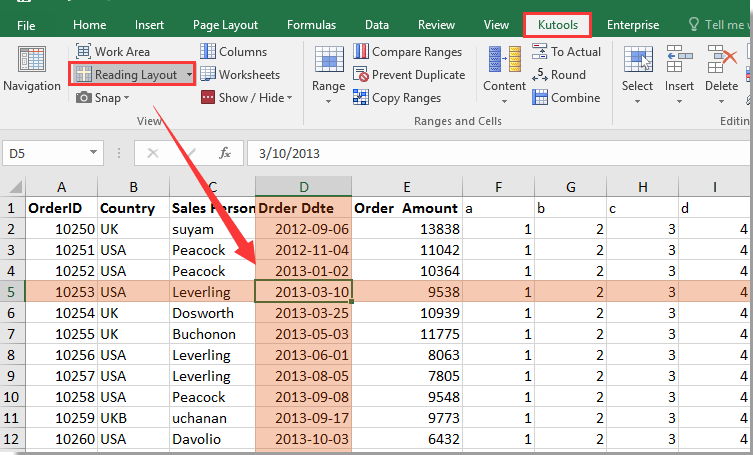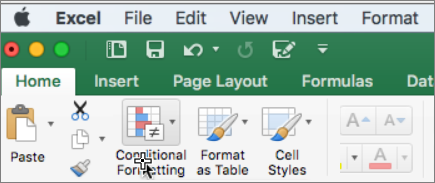
On the Highlight color pop-up menu, click the color that you want. On the Apple menu, click System Preferences. Note: You must close and then reopen Excel to see the new highlight color. In the Highlight color box, click the color that you want. From Start, select (Programs - Office 2003 - Microsoft Excel). On the Apple menu, click System Preferences. In prior versions of Excel you could always simply copy a cell to a range of cells and the conditional formatting equation would automatically change its references relative to the cell it was copied to. Click in the cell where you want the quote to appear on your spreadsheet, then click the. Scroll down to the Show document content section and select an option from the Field shading drop-down list. Click Advanced in the list of items on the left. I have tried removing the absolute reference ($) before the row/column reference in the format equation On the backstage screen, click Options in the list of items on the left. Range, I find that the conditional format of the cells in the pasted to range all have an identical logical equation formula that references the first cell. However, when I try to copy that conditional format to a range of other cells, either by copying and pasting the original cell to the range or by applying the Format painting tool to the which kills the animation of the cell highlight gliding from one.
#OFFICE FOR MAC 2016 CELL HIGHLIGHT FOR MAC#
We did a writeup on the Office for Mac 2016. The resulting conditional formatting rule works for that cell. Office 2016 and above has extra color themes to select from versus Office 2013. For example, I highlight a single cell then apply Conditional Formatting > Classic style > select “Use a formula to determine which cells to format” option, then make a formatting logical equation with the only variable being the value in thatĬell. Details: I installed MS Office 2007 Standard (includes Excel, Word, Outlook, PowerPoint.

If Column E contains 38, 48, 55, 56, 58, 70 OR 713 and Colum C contains 'service', then highlight both cells. I want to be able to highlight certain information in both columns based off of the information entered.

Open the Excel spreadsheet containing the data you want to split, then: I have two columns with different information. Follow these steps to split the data from column A into a "Last Name" column and a "First Name" column. Here the selected cell is bold with yellow fill. Excel does that automatically with a border around the selection but you can do more than that with conditional formatting. Even more subtle is highlighting just the selected cell.
:max_bytes(150000):strip_icc()/009-how-to-highlight-in-excel-4797066-e2ffb1ef31ed4538a6234eb240a286a9.jpg)
#OFFICE FOR MAC 2016 CELL HIGHLIGHT PLUS#
Suppose column A contains "Last Name, First Name". Plus our old friend Cell() to get the selected cells row or column position.

In Excel (2016, 2013, 2010) it's possible to parse data from one column into two or more columns.


 0 kommentar(er)
0 kommentar(er)
